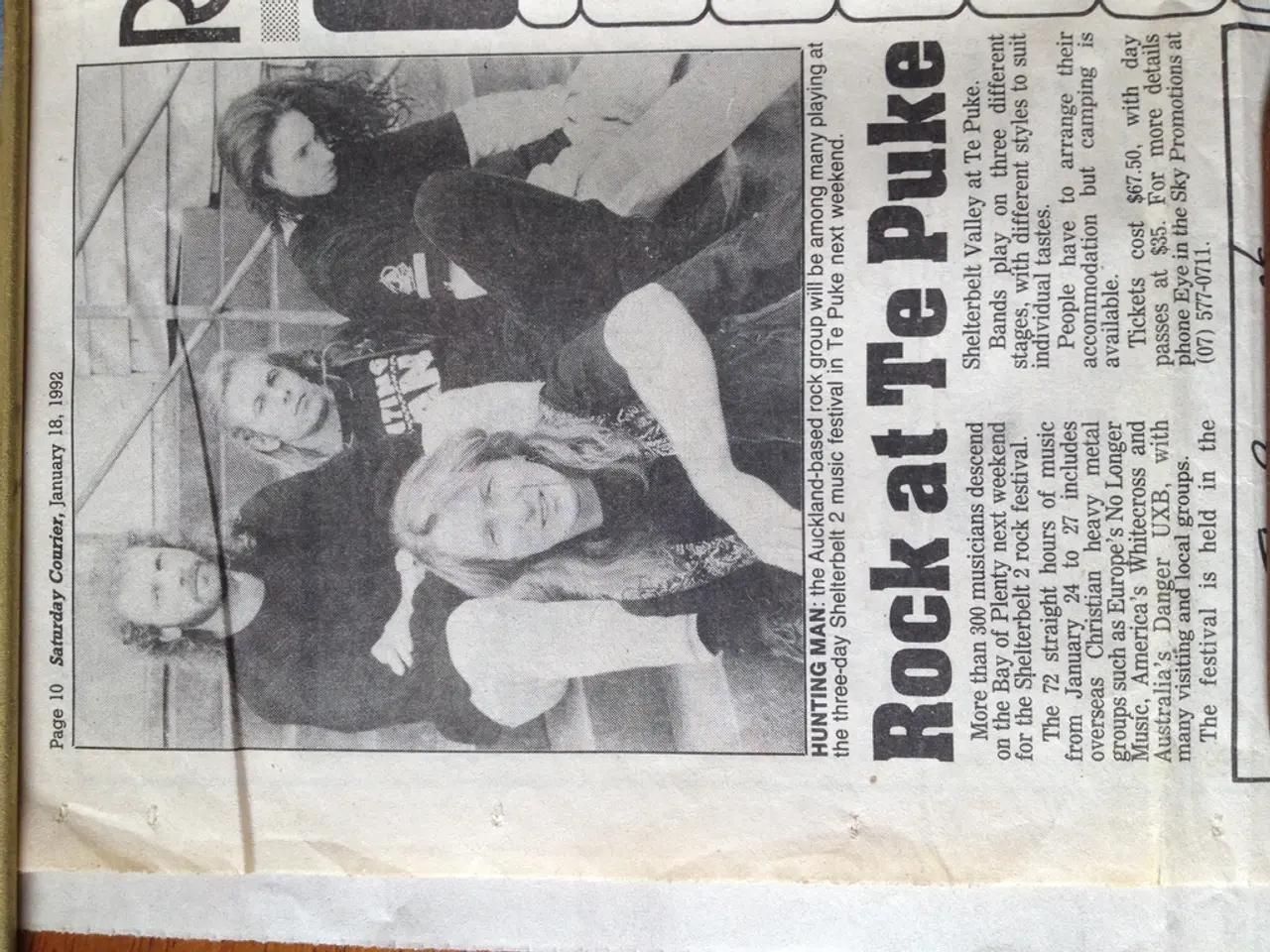Defying Soviet dominance, Estonia honors the Baltic Way, an unprecedented human chain event.
In 1939, the Molotov-Ribbentrop Pact, a non-aggression agreement between Nazi Germany and the Soviet Union, was signed. The pact included secret protocols that carved up several European nations, including Finland, Estonia, Latvia, Lithuania, Poland, and Romania, into spheres of influence, violating their sovereignty and independence.
The Soviet legislature acknowledged this violation in 1989, admitting that the secret protocols of the Molotov-Ribbentrop Pact were illegal under international law. This admission was a significant development, marking a step towards accountability for the past.
The Baltic states, Estonia, Latvia, and Lithuania, were particularly affected by the pact. The Soviet Union's occupation of these countries lasted until 1991, long after the war was over. The occupation was marked by brutal repression, a situation that was enabled by German backing under the Molotov-Ribbentrop Pact.
The Baltic national movements, growing more assertive over time, moved from calls for greater autonomy within the Soviet Union to demands for full sovereignty. This struggle culminated on 20 August 1991, when the Baltic states achieved their independence.
The Baltic Way, a powerful symbol of unity and resistance, played a significant role in this struggle. On 23 August 1989, nearly two million people across the Baltic states joined hands to form a 600-kilometer human chain. The Baltic Way was conceived as a demonstration to highlight the popular demand for freedom, expose the illegality of Soviet rule, and frame Baltic independence as a moral imperative.
The Baltic Way was organised to draw global attention to the Molotov-Ribbentrop Pact and its secret clauses. The event was a powerful reminder of the pact's impact on the region and a call for justice and freedom.
The Molotov-Ribbentrop Pact also served as a stark warning of collusion between two totalitarian regimes. The European Parliament, in its resolution entitled "European conscience and totalitarianism," recalled the pact in 2009, urging EU member states to designate 23 August as the European Day of Remembrance for the Victims of All Totalitarian and Authoritarian Regimes.
The legacy of the Molotov-Ribbentrop Pact continues to be a source of concern for Estonia, Latvia, and Lithuania. Russia, as the legal successor of the Soviet Union, has yet to uphold the Soviet Union's 1989 decision regarding the pact, a decision that declared the secret protocols null and void.
The Baltic Way and the Soviet Union's acknowledgement of the pact's illegality mark important milestones in the journey towards freedom for the Baltic states. These events serve as a reminder of the power of unity and resistance in the face of oppression and a call for accountability for past wrongs.
Read also:
- visionary women of WearCheck spearheading technological advancements and catalyzing transformations
- Nursing home, St. Luke's, bids farewell to Beate Kalowsky after 34 years of service.
- California Senator Kamala Harris announces she will not seek the governorship in 2026, instead hinting at future professional ventures.
- Surprise in the restroom: Rodents emerging from the toilet bowl - "Preventive Measures"








